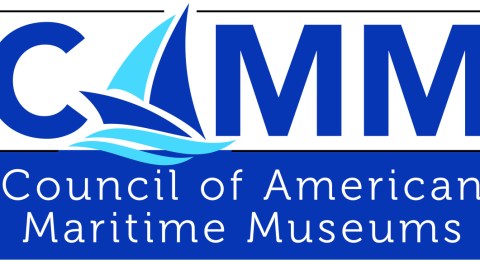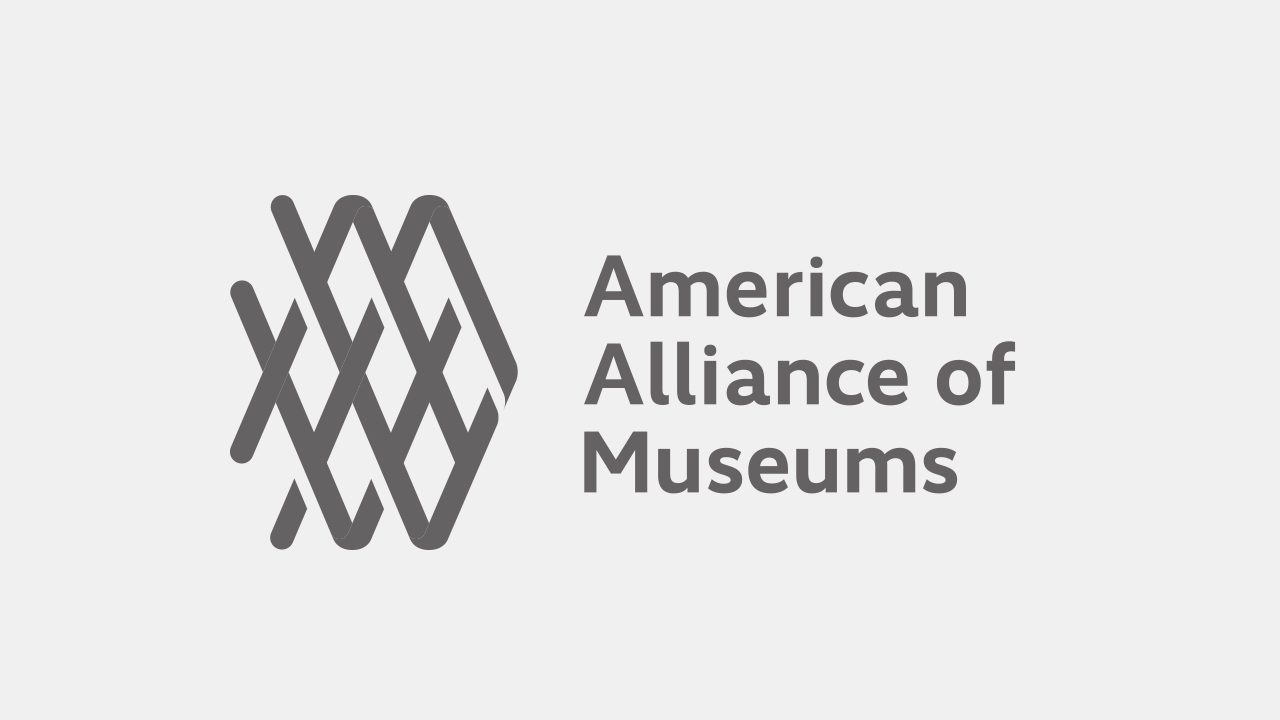Engaging your museum’s supporters and the public in museum advocacy can be a critical way to share the impacts recent Executive Orders have had on the museum field and garner support for your museum’s role in your community.
Now is the time to share the impact IMLS has had on your museum and how the Executive Order could impact your museum in the future. Even if you have not received funding directly from IMLS, you can share the importance of this agency to the museum field.
The more people that contact members of Congress, the more likely it is that they will take action!
AAM has created a version of the Call to Action that is written for the general public to use to write and call their members of Congress. Please use this link and the sample language for emails and social media below to reach out to your museum’s donors, supporters, members, and visitors. In addition to this sample language, provide your audiences with information specific to your museum and the impacts IMLS has had on your museum. This personalization significantly increases the efficacy of their messages!
The sooner you are able to share this message, the greater the chances that we can flood elected officials’ phone lines and inboxes when it counts the most.
Template Language
Download graphics to accompany your social posts (.zip).
Sample Social Media – Long Form
President Trump issued an Executive Order that would gut the only federal agency dedicated to supporting American museums. The Institute of Museum and Library Services (IMLS) is a government agency that efficiently provides CRITICAL funding to museums and libraries in all 50 states.
IMLS {Add specifics about how your museum has benefited from IMLS and how your museum would be impacted without IMLS support}
IMLS makes up only 0.0046% of the overall federal budget to support, while museums, in turn, generate $50 billion dollars in economic benefits to the American economy and support more than 726,000 jobs. American museums receive bi-partisan support, and research shows that 96% of Americans want to maintain or increase federal funding for museums.
Please use the American Alliance of Museums’ template language to email and call your members of Congress today to ask them to save IMLS: https://www.congressweb.com/aam/95/
Sample Social Media – Short Form
A recent Executive Order would gut the only federal agency dedicated to America’s museums. The Institute of Museum & Library Services makes up only 0.0046% of the federal budget. Americans do not want this: 96% of Americans want elected officials to support museums. Take action now: https://www.congressweb.com/aam/95/
Sample Email Language
As a {member, donor, supporter, etc.} of the {Insert museum name}, we wanted to let you know about critical updates impacting museums.
On March 14, President Trump issued an Executive Order that would gut the only federal agency dedicated to supporting American museums. The Institute of Museum and Library Services (IMLS) is a government agency that efficiently provides CRITICAL funding to museums and libraries in all 50 states.
IMLS {Add specifics about how your museum has benefited from IMLS and how your museum would be impacted without IMLS support}
IMLS makes up only 0.0046% of the overall federal budget. Meanwhile, museums generate more than $50 billion dollars in economic benefits to the American economy and support more than 726,000 jobs. American museums receive bi-partisan support, and research shows that 96% of Americans would approve of lawmakers who act to support museums and 96% of Americans want to maintain or increase federal funding for museums.
We are asking you to take just a few minutes to email and call your members of Congress today to ask them to speak up to the Administration about the importance of IMLS. It is very important that you personalize the template email with your personal story about the impact museums have had on you and your family.
You can learn more about the recent Executive Order and facts about museums’ impact on American communities on the American Alliance of Museums website.
Thank you for considering our ask,
{Signature}
Museum Facts and Data
Use museum facts and data to help make the case for support:
Museums Are Economic Engines
- Museums support over 726,000 American jobs.[5]
- Museums contribute $50 billion to the U.S. economy each year.[6]
- Seventy-six percent of all U.S. leisure travelers participate in cultural or heritage activities such as visiting museums. These travelers spend 60 percent more money on average than other leisure travelers.[7]
- The economic activity of museums generates over $12 billion in tax revenue, one-third of it going to state and local governments. Each job created by the museum sector results in $16,495 in additional tax revenue.[8]
- Every direct job at a museum supports an additional job in the economy. This is a higher rate than many other industries.[9]
- Museums and other nonprofit cultural organizations return more than $5 in tax revenue for every $1 they receive in funding from all levels of government.[10]
Museums Are Community Anchors
- In determining America’s Best Cities, Bloomberg placed the greatest weight on “leisure amenities [including density of museums], followed by educational metrics and economic metrics…then crime and air quality.”[11]
- Money’s annual ‘Best Places to Live’ survey incorporates the concentration of accredited museums.[12]
Museums Serve the Whole Public
- More people visit art museums, science centers, historic houses or sites, zoos, or aquariums than attend professional sporting events.[13]
- Museum websites serve a diverse online community, including millions of teachers, parents, and students (including those students who are home-schooled).
- Museum volunteers contribute a million hours of service every week.[14]
- Support for museums is robust regardless of political persuasion. 96% of Americans would approve of lawmakers who acted to support museums. The number is consistently high for respondents who consider themselves politically liberal (97%), moderate (95%), or conservative (93%).[15]
- Many museums offer programs tailored to veterans and military families. In 2019 over 2,000 museums in all 50 states participated in the 10th year of the Blue Star Museums program, offering free summer admission to all active-duty and reserve personnel and their families.[16] In the past five years more than 4 million active duty members and their families have participated in the Blue Star Museums program, which is, on average, more than 800,000 visitors per year, and many other museums offer military discounts or free admission throughout the year. While impacted by the pandemic, the program returned for summer 2021.
- Museums also provide many social services, including programs for children on the autism spectrum, English as a Second Language classes, and programs for adults with Alzheimer’s or other cognitive impairments.[17]
- Museums are committed to ensuring that people of all backgrounds have access to high quality experiences in their institutions. In 2012, 37% of museums were free at all times or had suggested admission fees only; nearly all the rest offered discounts or free admission days.[18]
- Since 2014, more than 1,200 museums located in all 50 US states, the District of Columbia, and the US Virgin Islands have facilitated more than 8 million museum visits for low-income Americans through the Museums for All program.[19]
- About 26% of museums are located in rural areas[20]; other museums reach these communities with traveling vans, portable exhibits, and robust online resources.
Museums Partner with Schools
- Museums spend over $2 billion each year on education activities; the typical museum devotes three-quarters of its education budget to K-12 students.[21]
- Museums receive approximately 55 million visits each year from students in school groups.[22]
- Museums help teach the state and local curricula, tailoring their programs in math, science, art, literacy, language arts, history, civics and government, economics and financial literacy, geography, and social studies.[23]
- Children who visited a museum during kindergarten had higher achievement scores in reading, mathematics, and science in third grade than children who did not. Children who are most at risk for deficits and delays in achievement also see this benefit.[24]
Museums Are Trusted
- The American public regards museums as highly trustworthy—ranking second only to friends and family, and significantly more trustworthy than researchers and scientists, NGOs generally, various news organizations, the government, corporations and business, and social media.[25]
- Museums preserve and protect more than a billion objects.[26]
- The American public considers museums a more reliable source of historical information than books, teachers, or even personal accounts by relatives.[27]
Museums and Public Opinion
- 97% of Americans believe that museums are educational assets for their communities.
- 89% believe that museums contribute important economic benefits to their community.
- 96% would think positively of their elected officials for taking legislative action to support museums.
- 96% want to maintain or increase federal funding for museums.[28]
- Three-quarters of the public think museums are an important part of our civil society, and that museums have a role in supporting civic knowledge and participation.[29]
- 92% of US adults think museums are non-partisan providers of educational content.[30]
Museums Save Species
- In 2022, accredited zoos and aquariums (museums with living collections) spent over $252 million on field conservation projects in 119 countries.[31]
- Museums are involved with conservation breeding, habitat preservation, public education, field conservation, and supportive research to ensure survival for many of the planet’s threatened or endangered species. Museums also conduct or facilitate research to advance the scientific knowledge of the animals in human care and to enhance the conservation of wild populations.
Museums Improve Public Health
- Living in a community with cultural resources confers a five year advantage in cognitive age: museums and similar cultural organizations provide the biggest boost to cognitive health.[32]






